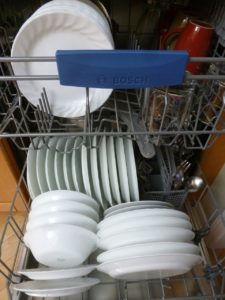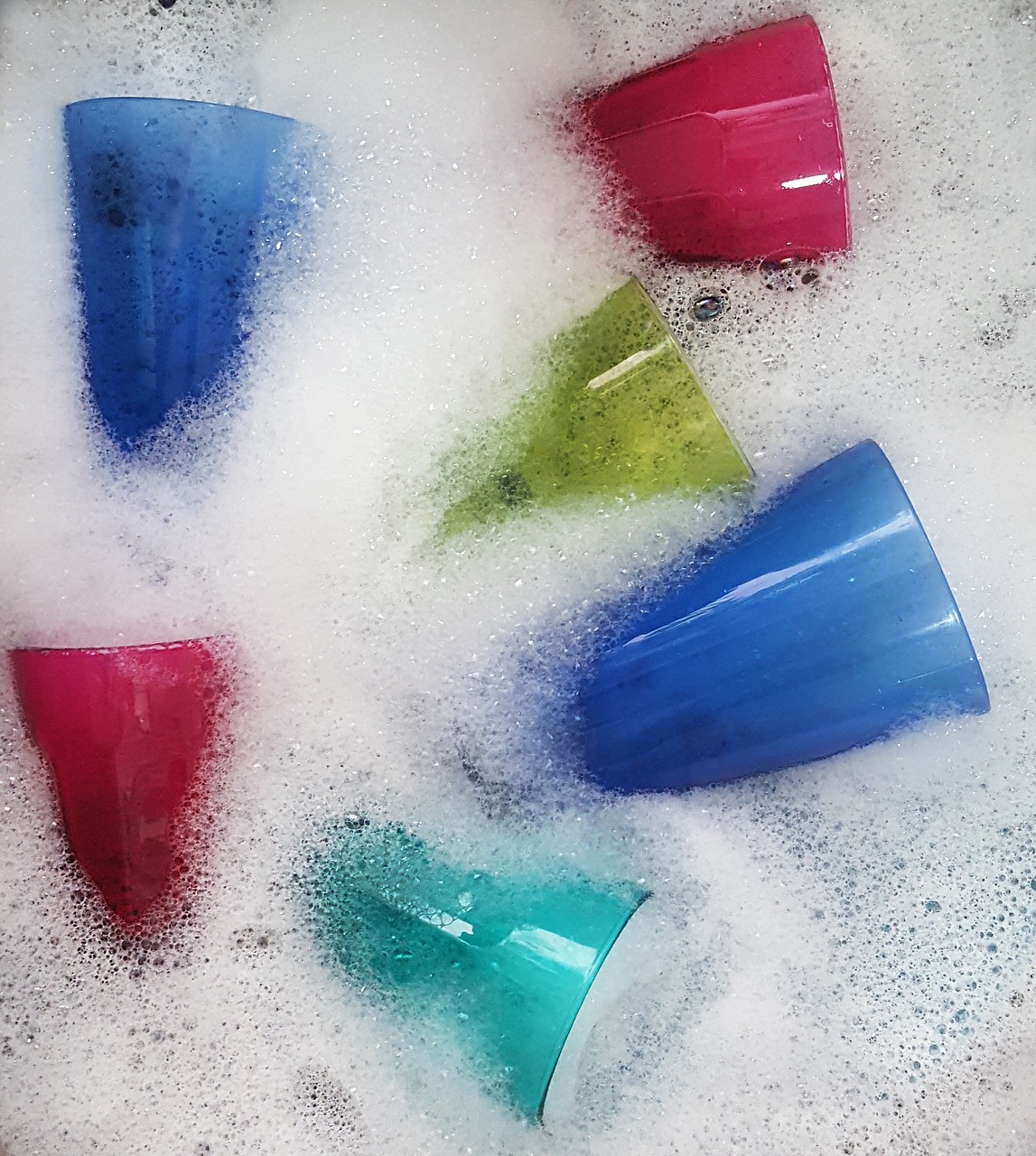Have you ever faced a situation when you wanted to go out and suddenly the dishwasher does not drain water? Your first reaction would be to call a dishwasher service technician to troubleshoot the problem with your machine. However, this may not be an instant solution to your problem. The dishwasher technician could take a day or two to visit your home and repair or service the machine. To solve this problem quickly, you can attempt dishwasher repair without getting help from a professional dishwasher repairman. If you are planning to repair the household appliance, here are some parts you must check to troubleshoot the problem.
Piston Assembly
In most models of dishwashers, the check valve regulates the flow of water from and to the residential appliance. This check valve usually has a nut and piston assembly. If your machine is not draining out the water properly, the assembly could be responsible for the problem. You will find the assembly at the bottom of the tub below the sump cover. You can access the assembly by removing the four screws. The nut and piston assembly must move freely. Also, the piston must form a tight seal when it is in down position. If it isn’t completely seal, it means that water is not pumped out of the machine completely and the assembly must be replaced.
At times, the gasket of the valve may be worn out, which prevents the piston from forming a tight seal. Replacing the gasket should solve the problem.
Drain Motor and Pump

A few machines may have a two-section drain pump to drain water from the machine. In these machines, the drain impeller could be faulty. Before you check the impeller, make sure the machine motor is running in the correct direction. You must also check for power at motor terminals, if the dishwasher motor is not running or running in the wrong direction. If you don’t detect any power at the motor terminals, you check the electric controller, door switches, and the timer. If voltage is not an issue, the motor winding could be the problem. At times, you may hear humming sound when the washer motor is running, it means that motor is seized or impeller is jammed. If the dishwasher motor is seized, you may have to replace the pump and motor assembly or just the motor. You must disassemble the pump to check the condition of the impeller. The drain compartment is usually located below the circulating compartment. To access drain compartment, you must remove the spray arm, lower rack, filter assembly, and the pump cover.
There is another model of a dishwasher which uses a circulating pump, flapper and drain solenoid to drain water from the machine. In these models, you must check for any obstruction near the flapper. Also, make sure the solenoid is getting electric supply and there is continuity. If the drain impeller of the machine is damaged, you may have to replace it. Also, check the condition of the food chopper and make sure it does not allow large food particles to clog the machine drain.
Check Valve Flapper
Many machines have a check valve near the drain outlet to allow the water to flow only in one direction. This prevents dirty water from entering the machine. If you have reason to believe that the outlet port is clogged or the dirty water is re-entering the dishwasher, you must check the condition of the check valve. The valve must open completely when water is draining from the machine and close when washing cycle is in progress. If this does not happen, you must change the valve.
Belt
Some old machines use belt driven pumps to drain water. If this belt is worn out or it is slipping, the washer will not function properly. Visually inspect the belt and replace it, if it is worn out.
Timer
Some machines use timer to operate the wash and drain cycle. This timer controls the pump motor and the drain solenoid. Any problem with the timer can affect the machine’s ability to drain water. To check the condition of the valve, you must access the control panel. You can check its continuity using a multimeter and replace it, if necessary.
Drain Hose
If the drain hose is clogged, the machine will not be able to drain properly. The drain is usually clogged near the check valve or at the input of the drain system of your house. If you notice large food particles in the drain hose, it could be due to problem with the food chopper. If machine hose has developed a kink, you may have to replace the hose.
We Provide In Home Appliance Service In These Popular Cities:
Jacksonville FL, Orlando, Miami, Henderson, Charlotte, Indianapolis, San Jose, Richmond, Jackson, Chicago, Portland, Aurora, Olympia, Houston, Lakewood, Providence, Eugene, Manchester, Allentown, Salt Lake City, Cleveland, Everett, Fort Worth, San Francisco, Silver Spring, Detroit, Seattle, Pittsburgh, Philadelphia, Phoenix, Columbus, Oklahoma City, Dallas, Los Angeles, Atlanta, Tacoma, Baltimore, Boston, Provo, Sacramento, Louisville, Nashville, Baton Rouge, St. Louis, Raleigh, Tucson, Portland, Austin, Colorado Springs, Kansas City, Albuquerque, Virginia Beach, New York City, Middletown, Milwaukee, Las Vegas, Billings, Tampa, New Haven, Tallahassee, Denver, San Diego, Charleston SC, Little Rock, San Antonio, Birmingham, Reno City, Newark, Columbia, Omaha, Bowie, Minneapolis
The post How To Fix A Dishwasher That Won’t Drain appeared first on OnSite Appliance

hi
ReplyDelete